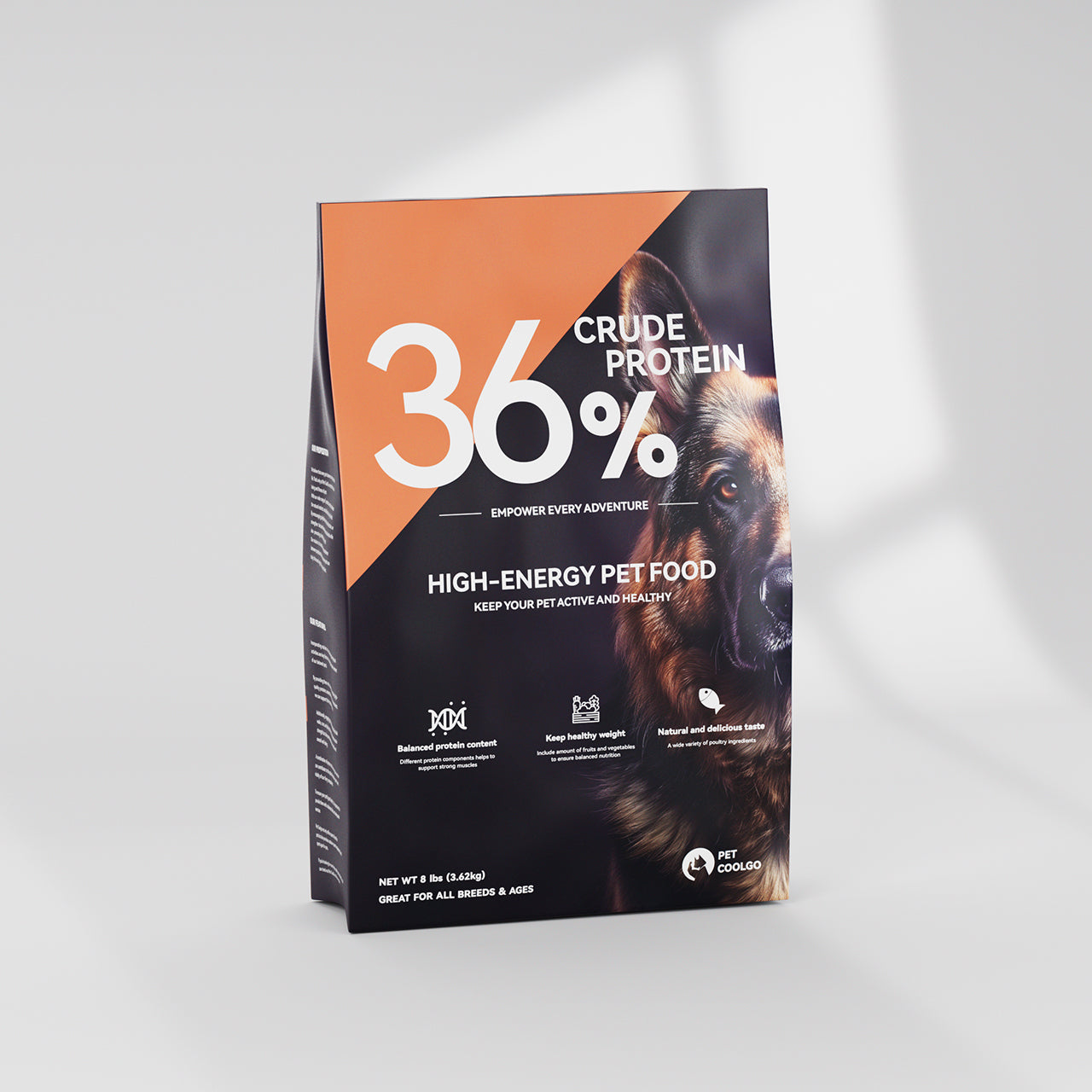Unlock the Secret to Tail-Wagging Nutrition for Your Big Buddy!
Nutrition is crucial for every dog, but when it comes to large breed dogs, their dietary needs become even more specific. Large breeds, such as Great Danes, Mastiffs, and Labradors, require a balanced diet rich in high-quality proteins to support their growth, maintain their muscle mass, and prevent health issues. High protein dog food is designed to meet these needs, providing essential nutrients that fuel their active lifestyles while promoting overall well-being. In this article, we will delve into the unique nutritional requirements of large breed dogs, the benefits of high protein diets, key ingredients to look for, tips for selecting the right food, and how to effectively compare different products to ensure your furry friend gets the best possible nutrition.

Understanding the Nutritional Needs of Large Breed Dogs
Large breed dogs have unique dietary requirements that differ significantly from those of smaller breeds. Their size and weight mean they need a greater caloric intake, but the quality of those calories is paramount. Protein is vital for muscle development and repair, while fats provide necessary energy. Additionally, large breeds require a balanced ratio of vitamins and minerals to support their bone health, which is particularly important as they grow. For instance, calcium and phosphorus play critical roles in bone development, and an imbalance can lead to skeletal issues. It's also worth noting that large breeds are more prone to certain health issues such as hip dysplasia and obesity, making it essential to provide them with a diet tailored to their size and activity level.
Benefits of High Protein Dog Food for Large Breeds
A high protein diet offers numerous advantages for large breed dogs. Firstly, it aids in muscle development and maintenance, which is crucial for their overall physical health. A protein-rich diet can help manage weight by promoting lean muscle mass while minimizing fat accumulation. This is particularly important for large breeds, as excess weight can exacerbate health issues such as joint pain and heart problems. Furthermore, high protein dog food can enhance the dog's energy levels, ensuring they remain active and playful. With the right balance of proteins, these dogs can enjoy better stamina and improved recovery times after exercise. Additionally, certain health issues prevalent in large breeds, such as arthritis and obesity, can be mitigated with an appropriate high protein diet.
Key Ingredients to Look for in High Protein Dog Food
When selecting high protein dog food, it's essential to examine the ingredient list closely. Look for specific meats or meat meals, such as chicken, beef, or fish, as the primary ingredient. These not only provide high-quality protein but also essential amino acids that dogs need for optimal health. Animal by-products should be avoided, as they are often less nutritious. Furthermore, healthy fats, such as omega-3 and omega-6 fatty acids, should also be included to support skin and coat health. Additionally, consider the presence of whole grains, fruits, and vegetables, which provide fiber and other important nutrients. A well-rounded diet will ensure your large breed dog receives all the necessary components for a healthy and active life.
How to Choose the Right High Protein Dog Food
Choosing the right high protein dog food for your large breed can be overwhelming given the numerous options available. Start by checking the ingredient list; high-quality protein sources should be among the first few ingredients listed. It’s also important to understand the labels and recognize terms like "complete and balanced," which indicate that the food meets the nutritional standards set by pet food authorities. Consider your dog’s age, weight, and activity level when making a selection — puppies, adults, and seniors have different nutritional requirements. Additionally, consult with your veterinarian to ensure that the food you choose is appropriate for your dog’s specific health needs. Personal anecdotes from friends who have large breed dogs often emphasize the importance of trial and error in finding the right food, as every dog is unique in their preferences and needs.
Comparing Different High Protein Dog Food Products
When it comes to purchasing high protein dog food, comparison is key. Not all products are created equal, and it’s essential to evaluate them based on nutritional value, price, and availability. Look for foods that list high-quality protein as the main ingredient and check for additional nutrients such as vitamins and minerals that support overall health. Consider the price per serving and whether the food fits within your budget, but remember that sometimes investing more in high-quality food can lead to long-term health benefits for your pet. Availability is also crucial; ensure that the food you choose can be easily sourced regularly. You might find it helpful to create a comparison chart, noting the critical features of different products, which can simplify your decision-making process.
Ensuring Optimal Nutrition for Your Large Breed Dog
In summary, providing your large breed dog with high protein dog food is vital for their health and longevity. Understanding their unique nutritional needs, recognizing the benefits of high protein diets, identifying key ingredients, and knowing how to choose the right food are all essential steps in ensuring your furry friend thrives. By making informed choices about their nutrition, you can positively impact their overall health and happiness, allowing them to live a long and active life by your side. Remember, a well-balanced diet is the foundation of good health for your big buddy!







